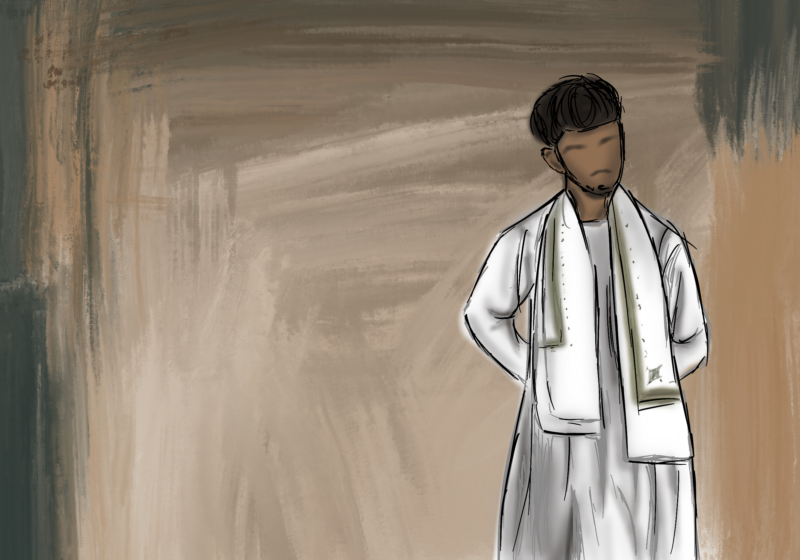The student run avant-garde music group Ossia put on a production of John Cage?s ?Song Books? last Friday night at Kilbourn Hall.
?Song Books? challenges the definition of music. Delving into musical chaos, this grouping of ?songs? could be called noise just as easily as it could be called music. In this same line, the works could easily be called theater as opposed to ?lieder,? the German word for song.
Written in 1970, ?Song Books? is in many ways the coming together of everything that Cage was trying to do in his earlier works. Some of the pieces require simple word play, which is representative of Cage?s 1960 work, ?Theater Piece.?
Many of the Songs aren?t even scored for a voice at all, but simply involve actions ? the tearing of a newspaper, for example, or the sounds of someone fumbling with a record player.
?Song Books? contains 89 solo pieces scripted for any number of instrumentalists and/or soloists. No time length is suggested for the performance ? the actors and singers involved take it upon themselves to decide the criteria.
Because of the ambiguities inherent in the musical score, the director of the production has a great deal of artistic license. In this production, Elizabeth Wilson and Nigel Maister chose the order and setting of the works.
In addition, they added parts from Cage?s other works, the ?Concerto for Piano and Orchestra,? ?Indeterminacy? and ?Aria.? Their goal was to add to the already hectic interplay of sounds.
Maister, a senior lecturer in UR?s English Department, directed and designed this production. He is also the assistant director of UR?s International Theater Program and directed last semester?s productions of ?Escape from Happiness? and ?Exquisite Torture? at the Todd Theater.
In this production, Kilbourn Hall was completely transformed into a part of the actual set. The walls were covered in printed out letters, making the audience members feel as if they were trapped in a giant word search game. This design concept mimicked the goal of the piece, which is to highlight randomness.
Even the performers became part of the set, at times running through the audience, singing loudly, chasing each other like children or throwing hundreds of sheets of paper into the air.
The score doesn?t specify these actions ? they are examples of clever direction and the creativity of a multi-talented cast.
One of the other unspecified ideas was the use of an announcement. The work began with performers making the same announcement about fire exits at different times, so that the performers swallowed each other?s words.
?Song Books? is structured with the goal of illustrating chaos shifting to order and then reverting back to chaos.
This makes a statement about the nature of time. There is no real beginning or end to this piece. Listeners are constantly surrounded by random sounds and images that can be viewed in context as music. Cage tries to illustrate that reality is circular and intangible, yet beautiful and real.
The motto of ?Song Books? is ?We connect Satie to Thoreau.? Cage, believing that Satie and Thoreau project two opposite philosophies, wished to juxtapose the two to show their inherent connection. They speak of the same reality, equally incomprehensible yet recognizable.
At times, Cage makes notes to things that are familiar, such as a hint from Mozart?s ?The Magic Flute? or the random stating of names.
In this performance, references were made to Alan Greenspan, Jennifer Lopez and Madeleine Albright.
Cage challenges the audience to find beauty and art in a reality that appears twisted and inconsistent. He highlights one of the central tenants of the human condition ? the need for order and understanding.
The work makes the listener/viewer transcend his or her primal urge to understand and instead simply enjoy the reality in all its fury and variation.
Maister, Wilson and the cast of Ossia captured the spirit of Cage, bringing his great work of art to life in a current and brilliant context. Ultimately, they managed to create beautiful music out of a great deal of noise that we all know and, normally, hate.




